Federal funds to pay for 3 Mount Washington summit projects
| Published: 07-01-2021 5:16 PM |
Three big-ticket capital projects in the 60.3-acre Mount Washington State Park will be built and paid for with federal funds available under the American Rescue Plan and state and local fiscal recovery funds designed to boost the post-pandemic economy.
The N.H Division of Parks and Recreation of the Department of Natural and Cultural Resources sought $22.5-plus-million federal dollars to pay for various capital projects at state parks across New Hampshire.
Members of the Legislative Fiscal Committee , the governor and Executive Council quickly greenlighted this bold “ask.”
Nearly a quarter of the total sum – $5,495,000 – will be spent on the 6,288-foot summit: $3 million to replace its undersized and failing sewage treatment plant; $1,020,000 to upgrade its water system and $1,475,000 on maintaining the integrity of the Sherman Adams Summit Building and ensuring compliance with today’s safety codes.
“These are well-documented projects; the park serves over 300,000 visitors a year,” explained District 2 Sen. Jeb Bradley (R-Wolfeboro), chair of the 12-member advisory Mount Washington Commission. “All three infrastructure projects comply with the rules that govern use of ARP and FRP (fiscal recovery funds) monies, allowing them to be taken off the state’s own capital budget, so that other projects can move up the lengthy list.”
Bradley noted, for example, that freeing up state capital funds could make it possible to replace the aging Cannon Mountain Aerial Tramway in Franconia Notch State Park.
Mount Washington Commission member Rep. Karen Umberger of North Conway described replacing the failing sewage treatment plant and disposal system with another that would be custom-fabricated as an “absolute priority” at the Commission’s Jan. 29 remote meeting.
Seamless operation of the sewage treatment and disposal system depends on having an adequate water system, said Department of Natural and Cultural Resources architect Tom Mansfield at the commission’s remote meeting of Dec. 11, 2020.
Article continues after...
Yesterday's Most Read Articles
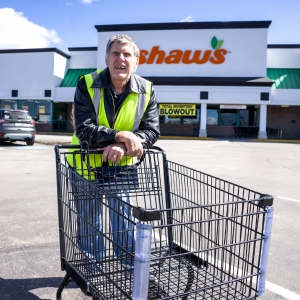 After four decades collecting carts, Ricky Tewksbury will retire when Shaw’s closes mid-April
After four decades collecting carts, Ricky Tewksbury will retire when Shaw’s closes mid-April
 NH attorney general asks federal appeals court to reinstate ‘divisive concepts’ law struck down by lower court
NH attorney general asks federal appeals court to reinstate ‘divisive concepts’ law struck down by lower court
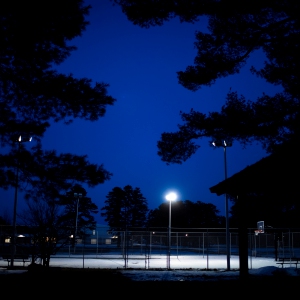 ‘When we talk about promises’ – Keach park light plans grow dim
‘When we talk about promises’ – Keach park light plans grow dim
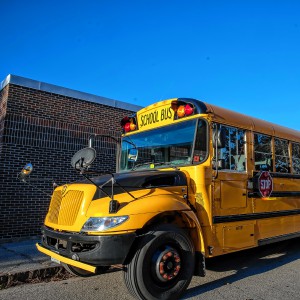 Updated Concord middle school design to cost another $3 million
Updated Concord middle school design to cost another $3 million
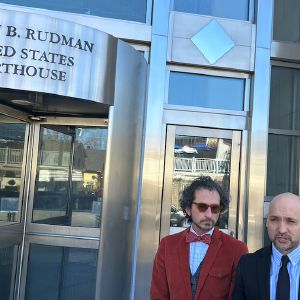 Federal judge temporarily reinstates legal status for Dartmouth PhD student from China
Federal judge temporarily reinstates legal status for Dartmouth PhD student from China
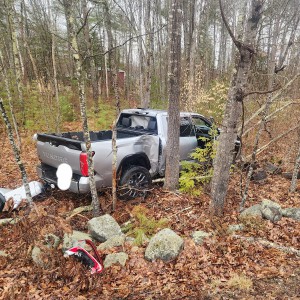 Two injured in accident in Loudon
Two injured in accident in Loudon
The existing water pump for the Sherman Adams Building’s well is at the end of its lifecycle, and the current water storage configuration requires a time-consuming switch-over process twice a year.
Specifications for a new more efficient year-round single system were already in the works, he said. Plans call for two new 20,000-gallon fiber-reinforced plastic tanks to be buried behind the Mt. Washington Observatory end of the Sherman Adams Building.
Natural and Cultural Resources Commissioner Sarah Stewart wrote in her May 28 letter requesting these federal funds that state parks had seen “unprecedented visitation” when the pandemic began in March 2020. Despite limitations on the number of campgrounds and their available sites, occupancy was up 7% over the previous year overall, and up 14% in August and 35% in September, she noted.
This was true even though five state park campgrounds were closed due to lack of staff.
“Parks are a key economic driver,” Stewart said. “Estimates are that over half of visitors are from out of state – in some parks as high as 90% – supporting our tourism industry.”
“The purpose of the request for investment in state parks is to ensure facilities are in a condition to be open and providing services to the public, to increase the capacity at campgrounds to meet demand, to accommodate RVs, and to provide a safe experience for the increasing numbers of visitors,” Stewart wrote. “This investment will also directly impact local restaurant and lodging facilities, performing arts venues and other tourist attractions that suffered great financial loss throughout the state by attracting visitors and bolstering the overall economy.”
Stewart added that in a December 2017 survey sponsored by the non-profit Stay Work Play NH, three of the six reasons given by young professionals (ages 20 to 40) as to why they have stayed in the state are: quality of the environment; quality of parks and recreation areas; and proximity to outdoor recreation areas.
In addition, she noted, results from an image perception research project undertaken by the state Division of Tourism and Development indicated: “It is clear that N.H. is strongly perceived as a beautiful outdoor destination.”
“The state parks are an essential component of the tourism, hospitality and travel industries in New Hampshire,” Stewart said. “Visitors to the state parks also utilize other aspects (of these industries). In fact, one of the four purposes of the state park system under state statute is ‘To encourage and support tourism and related economic activity within the state.’ ”
These articles are being shared by partners in The Granite State News Collaborative. For more information, visit collaborativenh.org.
]]>






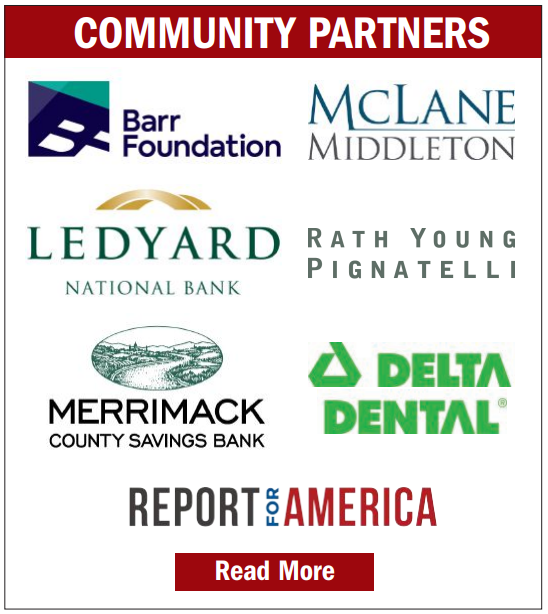
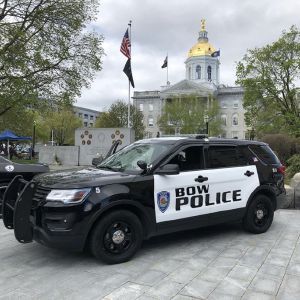 Bow police to purchase drone for improving public safety
Bow police to purchase drone for improving public safety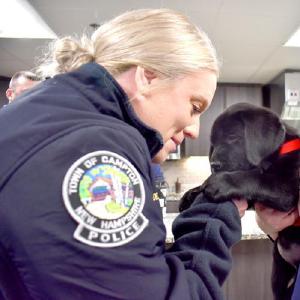 Comfort dog help victims, first responders process emotions
Comfort dog help victims, first responders process emotions NH law firm signs onto brief opposing Trump’s targeting of legal field
NH law firm signs onto brief opposing Trump’s targeting of legal field Ahead of House vote, Democrats rally for a ‘better budget’ to fund education, healthcare and more
Ahead of House vote, Democrats rally for a ‘better budget’ to fund education, healthcare and more
